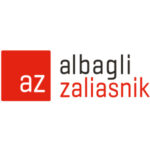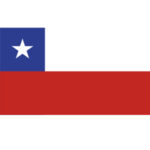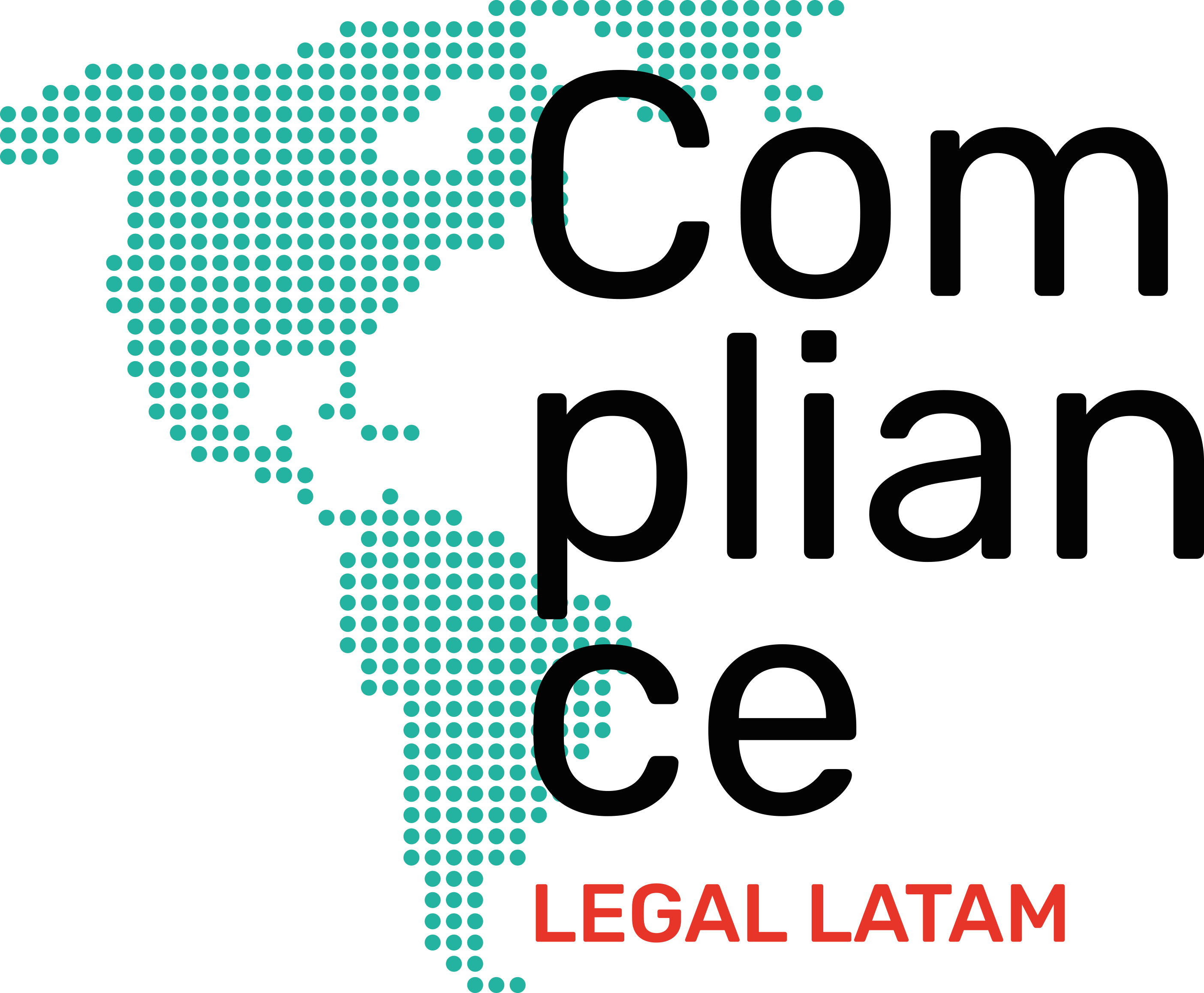

Complaint channels are a key tool for companies that wish to implement a corporate culture of integrity and have safer work spaces .
In this context, the az Compliance team invites you to review four myths about reporting channels that organizations should consider during their implementation to obtain better results and avoid situations that may affect their collaborators.
- Not receiving complaints is synonymous with doing things right
This is perhaps one of the biggest myths surrounding reporting channels. Many companies welcome the fact that no accusations or reports have been received, but the truth is that this may be linked to other factors such as:
- Lack of knowledge of the existence of a whistleblowing channel where irregular situations can be reported.
- Lack of confidence that whistleblowers will not be retaliated against.
- Lack of knowledge about how the channel works and what it is for.
This can be detrimental to a company, since many times irregularities cannot be detected unless someone raises their voice and reports it.
- The reporting channels are for internal use only.
The truth is that there is no single way to implement a complaints channel. However, many times it is believed that this is only for the use of workers who are part of the company or organization, since there are circumstances in which it may be open to other interest groups.
In this way, companies can open up to receive information, reports or complaints from external people such as suppliers, customers and neighbors. The foregoing is relevant since those who interact with the company are not only its workers. For example, a supplier may be the subject of an illegal requirement, a client a witness of how fraud is committed, and a neighbor of non-compliance with regulations that could affect the community where the business is located. Thus, it is relevant to be able to enable a mechanism through which external parties can inform and alert the company of what happens when it interacts with them.
- It is enough to launch a complaints channel for it to start working
Although the adoption and launch of a whistleblowing channel is a big step, it is not enough just to have a platform, email or telephone line for it to work. The work to implement this resource must necessarily be accompanied by a series of actions that must last over time so that workers are aware of its existence and begin to use it, such as:
- Communication actions that report on the existence, use and access to the channel.
- Training on what can be reported and the procedure that the company will adopt when receiving one.
- Facilitate access by various means for workers who are located in relocated sites or whose positions do not have access to corporate computers for personal use. This can be done by setting up a mailbox to receive written complaints, making a device that has access to the channel available to workers and/or setting up a telephone line.
Likewise, the organizations must in turn prepare an investigation protocol that details the process and stages that will be triggered in the event of receiving a complaint, which must contain deadlines, responsible parties, measures that can be adopted, etc.
- It is not necessary to process or respond to all reports
Although an organization may receive information that is not of interest to it or whose treatment does not correspond to that of a complaint as such, it is important that a response is always delivered to those who resort to this tool.
The foregoing, since if no response is received, both workers and interest groups may lose confidence that the use of the channel is useful for something, and thus, not use it in the event of witnessing an irregularity in the future.
Thus, it is recommended that companies and organizations prepare a response protocol in which, even when the information received does not correspond to that which should trigger an investigation, there is some communication in which, for example, the owner of the report is informed that that must be processed through another mechanism or addressed in another way.
For more information on these issues, you can contact our Compliance group:

Francesca Franzani | Compliance Group Director | ffranzani@az.cl

Florence Fuentealba | Compliance Group Associate | ffuentealba@az.cl




